Did you know shipbuilders on the Alabama and Mississippi Gulf Coast now represent over 20% of all U.S. shipbuilding jobs? This region has quietly become a powerhouse—outpacing historical norms to lead the nation in both workforce size and cutting-edge innovation. If you thought America’s maritime might only came from its big coastal cities, it’s time to look South. This article explores how the Gulf Coast’s thriving shipyards are changing not only the local economy but also the nation’s future at sea.
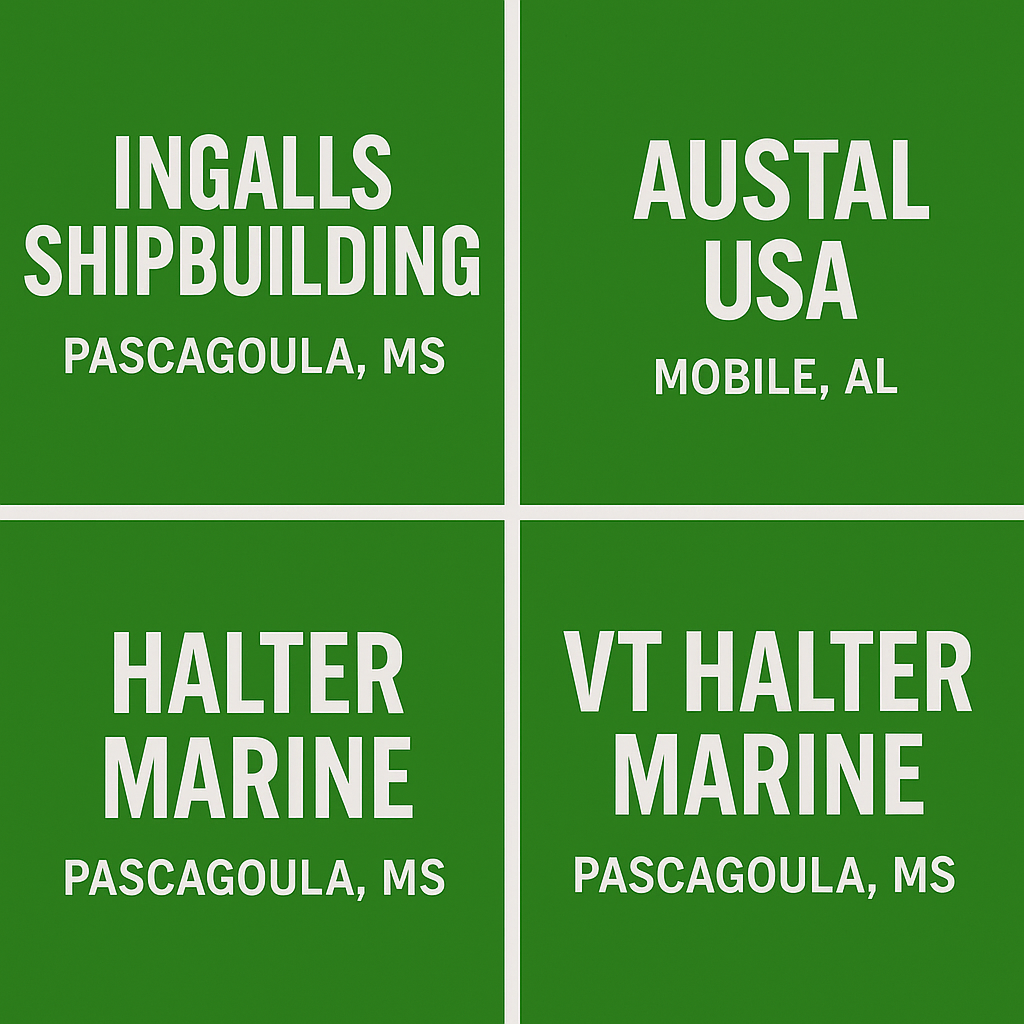
Unprecedented Growth: Shipbuilders on the Alabama and Mississippi Gulf Coast by the Numbers
Shipbuilders on the Alabama and Mississippi Gulf Coast have shattered expectations, with employment and innovation figures surprising even industry veterans. Once a regional support sector, these shipyards—anchored by Ingalls Shipbuilding in Pascagoula and Austal USA in Mobile—now employ tens of thousands and deliver powerful naval vessels like national security cutters, missile destroyers, and amphibious warships.
"Recent industry data shows shipbuilders on the Alabama and Mississippi Gulf Coast now represent over 20% of all U.S. shipbuilding jobs, a figure that defies historical trends."
This explosive growth is fueled by strategic investments, military contracts, and recruitment from the heart of the Gulf Coast. The workforce impact reverberates well beyond the shipyards, supporting supply chains, technology development, and local businesses. The scale is staggering—Ingalls Shipbuilding alone boasts 11,000 employees, while Austal USA adds another 4,200. Collectively, this region anchors the future of American maritime strength.
As Gulf Coast shipyards continue to modernize and expand, they face challenges similar to those seen in other critical infrastructure sectors, particularly around security and technology upgrades. For a closer look at how infrastructure modernization impacts security and operational resilience, especially in highly regulated industries, explore the key challenges of infrastructure modernization and security in a related context.
"Recent industry data shows shipbuilders on the Alabama and Mississippi Gulf Coast now represent over 20% of all U.S. shipbuilding jobs, a figure that defies historical trends."
What You'll Learn in This Article
Insights on major shipbuilders: Austal USA, Ingalls Shipbuilding, Halter Marine, and more
The economic and workforce impact of the Mississippi Gulf Coast shipyards
Key innovations and projects: national security cutter, missile destroyer, guided missile vessels
How Gulf Coast shipbuilders are influencing the broader U.S. maritime industry
Austal USA and Ingalls Shipbuilding: Leaders Among Shipbuilders on the Alabama and Mississippi Gulf Coast
Two names dominate the Gulf Coast shipbuilding scene: Austal USA and Ingalls Shipbuilding. Both have invested heavily in new technology, workforce training, and infrastructure. Ingalls Shipbuilding, founded decades ago along the Pascagoula River, is synonymous with military excellence—building national security cutters, missile destroyers, and amphibious assault ships for the U.S. Navy and Coast Guard. Hunting on the east bank of the Pascagoula, its legacy dates back to World War II and grew even further under Northrop Grumman Corp and later Huntington Ingalls Industries.
Meanwhile, Austal USA in Mobile, Alabama, leads in crafting lean, high-speed littoral combat ships and innovative commercial vessels. The company is a beacon of modern steel ship and aluminum warship construction, combining seasoned local talent with a global vision. Together, they support not only military readiness but spark new economic growth and set the tone for the entire U.S. shipbuilding industry from the Gulf of Mexico up.
Inside Ingalls Shipbuilding’s Expansion on the Mississippi Gulf Coast
The transformation of Ingalls Shipbuilding over recent years is remarkable. As the largest private employer in Mississippi, Ingalls has launched large-scale expansions to meet the U.S. Navy’s surge in demand for next-generation ships. Its multi-billion-dollar campus now features state-of-the-art fabrication shops, digital ship design labs, and vast drydocks capable of handling America’s newest deck amphibious and amphibious warship builds.
The company’s roots go deep—since World War II, the yard has evolved through leadership by Northrop Grumman Corp and Huntington Ingalls Industries, supporting national defense by delivering guided missile destroyers, landing platform docks, and Coast Guard security cutters. Ingalls’s ability to ramp up production while maintaining rigorous quality makes it critical to the U.S. fleet, and its investments mean new, high-tech jobs for the Mississippi Gulf Coast.
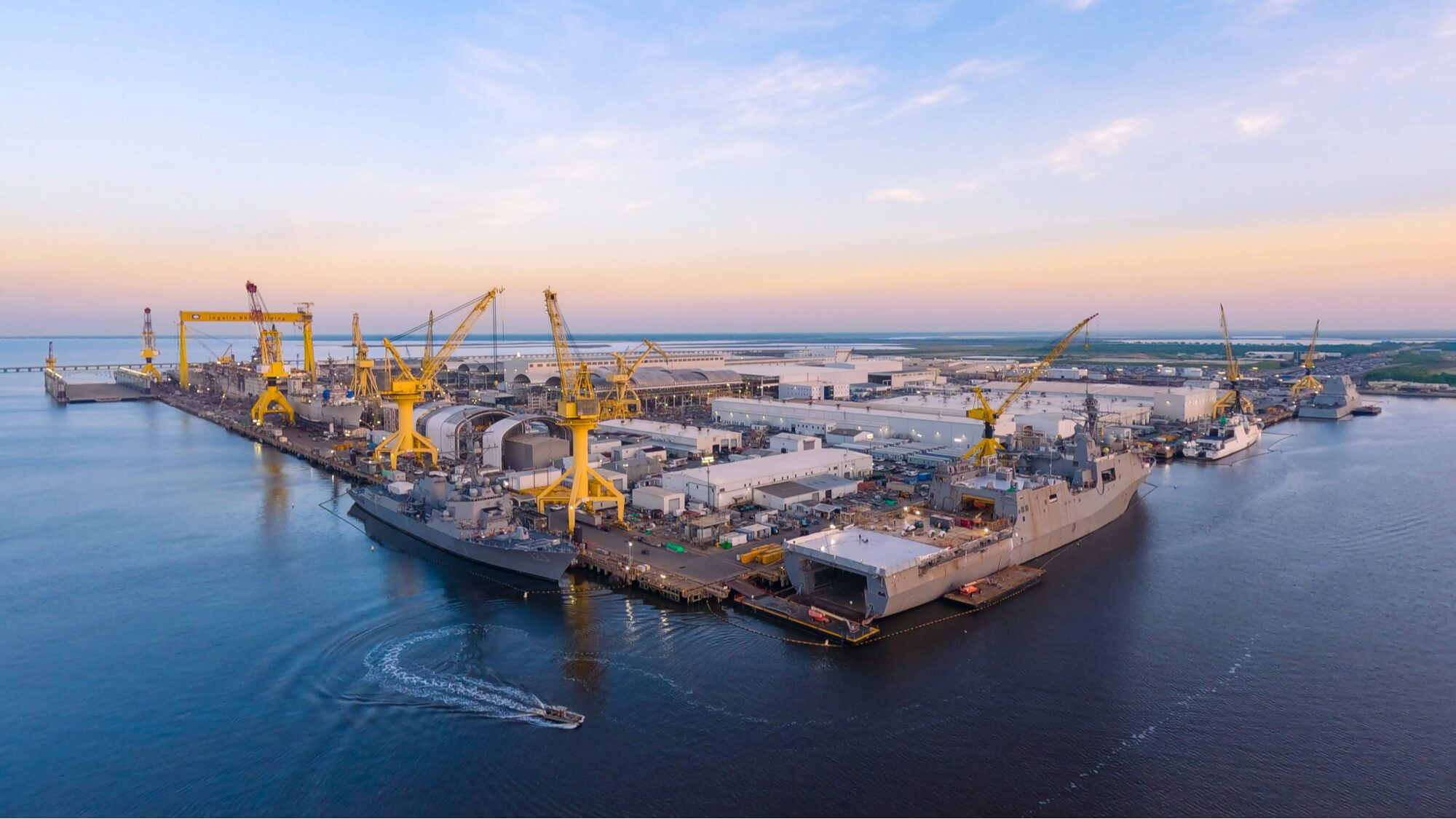
How Austal USA Spurs Innovation on the Gulf Coast
Austal USA has introduced advanced modular shipbuilding methods and digital technologies not seen before in the region. Its Mobile waterfront, long home to shipbuilding since World War II, has become a laboratory for new manufacturing processes—automating welding, streamlining hull assembly, and integrating digital twins into everyday practice. Austal’s leadership is also visible in their workforce diversity initiatives, forging partnerships with regional colleges and trade groups to build a more representative pipeline.
"The future of the U.S. Navy starts here on the Gulf Coast," says the vice president of Austal USA—a statement backed by multiple Navy and Coast Guard contracts for high-speed, agile ships built in Alabama. The company’s innovative spirit accelerates local economic growth, provides sustainable livelihoods, and transforms the Gulf Coast into a national tech magnet for steel and composite shipbuilding.
"The future of the U.S. Navy starts here on the Gulf Coast," says the vice president of Austal USA.
Mississippi Gulf: Shipyard Employment Rankings and Impact
The numbers alone tell a compelling story of economic transformation. Shipbuilders on the Alabama and Mississippi Gulf Coast are the largest industrial employers in their regions, with their workforces expanding even as traditional manufacturing declines elsewhere in the country. Most notably, Ingalls Shipbuilding in Pascagoula, Mississippi leads with an 11,000-strong workforce, while Austal USA in Mobile employs more than 4,200.
These shipyards have become the backbone for thousands of indirect jobs—suppliers, welders, engineers, and small business owners all benefit from the shipbuilding boom. It’s not just about quantity; it’s about quality too. These sites offer high-paying careers, generate tax revenue, and invest in training, making the Mississippi Gulf Coast an economic powerhouse.
Shipbuilder |
Location |
Employees |
Recent Major Project |
|---|---|---|---|
Ingalls Shipbuilding |
Pascagoula, MS |
11,000 |
National Security Cutter |
Austal USA |
Mobile, AL |
4,200 |
Independence-class LCS |
Halter Marine |
Pascagoula, MS |
800 |
Offshore Patrol Cutter |
VT Halter Marine |
Pascagoula, MS |
800 |
Coast Guard Polar Security |
The Strategic Importance of Shipbuilders on the Alabama and Mississippi Gulf Coast
The shipyards of the Gulf Coast are more than economic engines—they are linchpins of American security. Ingalls Shipbuilding, Austal USA, and Halter Marine provide the Navy and Coast Guard with the most advanced national security cutters, missile destroyers, and patrol craft available. Their output strengthens America’s naval presence, protects maritime interests, and ensures readiness for global challenges.
The combination of tradition and technology on the Gulf mirrors the region’s strategic importance. Contracts for guided missile destroyers, amphibious assault ships, and U.S. Coast Guard cutters illustrate the confidence placed in Gulf Coast talent. Shipyards here operate around the clock—delivering on complex contracts, modernizing the fleet, and proving the critical role local expertise plays in national defense and coast guard operations.
Supporting the U.S. Navy with Missile Destroyers and National Security Cutters
From the imposing Arleigh Burke-class missile destroyers assembled at Ingalls Shipbuilding to the quick, flexible littoral combat ships constructed by Austal USA, the Gulf Coast’s output defines contemporary naval power. These vessels carry guided missile technology, advanced sensor suites, and robust combat ship capabilities.
The region’s shipbuilders have decades of experience equipping U.S. forces for World War II, the Cold War, and today’s dynamic threats. They continue to adapt—building national security cutters with cutting-edge detection tools and endurance features for the Coast Guard. The impact of their ships is felt worldwide, as each new launch supports American security and cements the Gulf Coast’s legacy as a vital defense supplier.
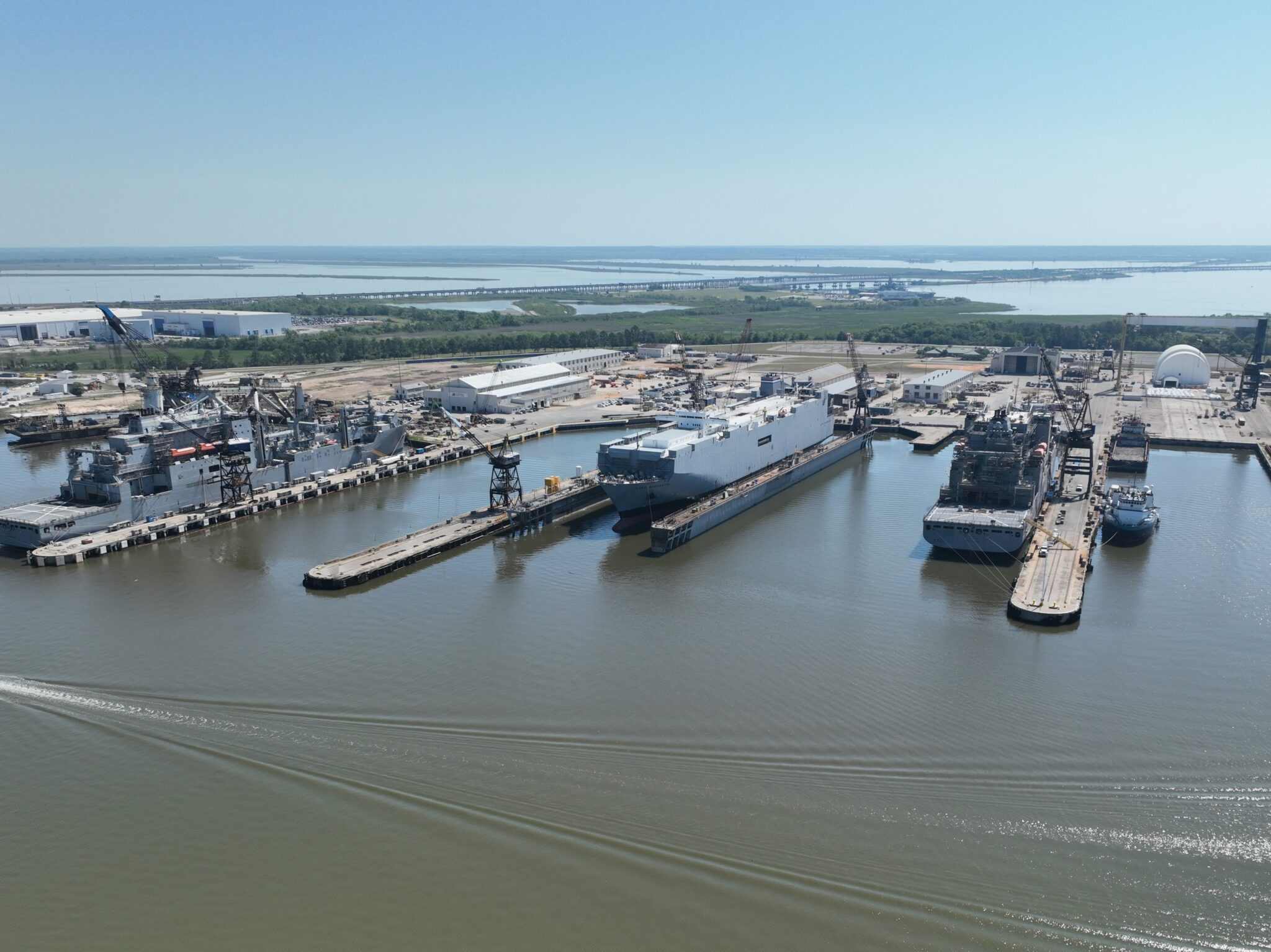
Gulf Coast Shipyards and Coast Guard Security Cutter Programs
Beyond destroyers, shipyards like Halter Marine are leading producers of Coast Guard security cutters and offshore patrol vessels. These programs bring complex requirements—icebreaking, long-range patrol, search and rescue—and Gulf Coast shipbuilders deliver, on time and with inventive engineering.
Strong partnerships between federal agencies and local yard managers spur innovation in materials, propulsion, and safety, while also ensuring a steady pipeline of skilled jobs. The results are tangible: with every polar security cutter or offshore patrol cutter launched, Mississippi and Alabama shipyards extend their impact from the Gulf of Mexico to the Arctic—serving the nation in peace and crisis alike.
Innovation and Technology: How Shipbuilders Are Invigorating the Gulf Coast
It’s technology, not just scale, that sets shipbuilders on the Alabama and Mississippi Gulf Coast apart. State-of-the-art digital ship design, automated welding, and big data analytics are transforming shipbuilding into a high-tech industry. Austal USA’s “digital twin” shipyards, Ingalls’s advanced steel fabrication, and Halter Marine’s adoption of novel guided missile technology all fuel competitiveness for America’s fleets.
Technology investments create high-value jobs, attract research funding, and build capacity for the future. By integrating robotics, advanced composites, and environmental monitoring, Gulf Coast shipyards are making shipbuilding safer, cleaner, and more efficient—while future-proofing themselves against shifts in military and commercial demand.
Guided Missile Technology and the Role of Halter Marine
Halter Marine’s focus on under-the-radar innovation is reshaping shipyard expectations. Working closely with the U.S. Coast Guard and Navy, Halter specializes in integrating guided missile defense and surveillance into its offshore patrol and security cutters. Unlike traditional yards, Halter leverages small, skilled teams and fast prototyping to deliver results.
Their work on Coast Guard cutters, including the Polar Security Cutter, pushes the boundaries of arctic and coastal operations. The integration of advanced radar, countermeasures, and sustainable propulsion means Halter’s ships are ready for modern threats—cementing their reputation as a stealth vital player on the Gulf Coast.
Workforce Development: The People Powering Shipbuilding on the Mississippi Gulf Coast
The region’s shipbuilding renaissance hinges on its workforce. Mississippi and Alabama have invested strategically in vocational and technical education—training welders, electricians, digital designers, and marine engineers. Partnership programs pair esteemed local colleges with Ingalls and Austal, ensuring steady pipelines of skilled trade graduates ready for complex work.
Diversity initiatives have expanded, with more women and minorities entering shipbuilding than ever before. The vice president at Ingalls highlights robust outreach and mentorship, helping the industry reflect the Gulf Coast community as a whole. Apprentice programs, union partnerships, and ongoing upskilling mean everyone, from seasoned craftspeople to tech-forward teens, can find opportunity in the nation’s leading maritime cluster.
Key training programs in Alabama and Mississippi
Women and minorities in Gulf Coast shipbuilding
Partnerships with local colleges and the vice president’s initiatives
Environmental and Economic Impact of Shipbuilders on the Alabama and Mississippi Gulf Coast
The Gulf Coast’s industrial might comes with responsibility. Today’s shipbuilders are deeply invested in sustainable shipyard practices—from reducing emissions and recycling steel to restoring wetlands and marine life. Environmental stewardship is now vital to project funding and public support.
On the economic front, the ripples are enormous. Every dollar spent in shipyards multiplies through local economies—supporting small business suppliers, housing, food services, and innovation hubs. Anchored by Ingalls Shipbuilding, Austal USA, and Halter Marine, the Mississippi and Alabama coasts are proof that defense and commerce can thrive together. “Our region isn’t just building ships; we’re building futures.” That’s a vision both environmental and economic—anchoring prosperity for generations.
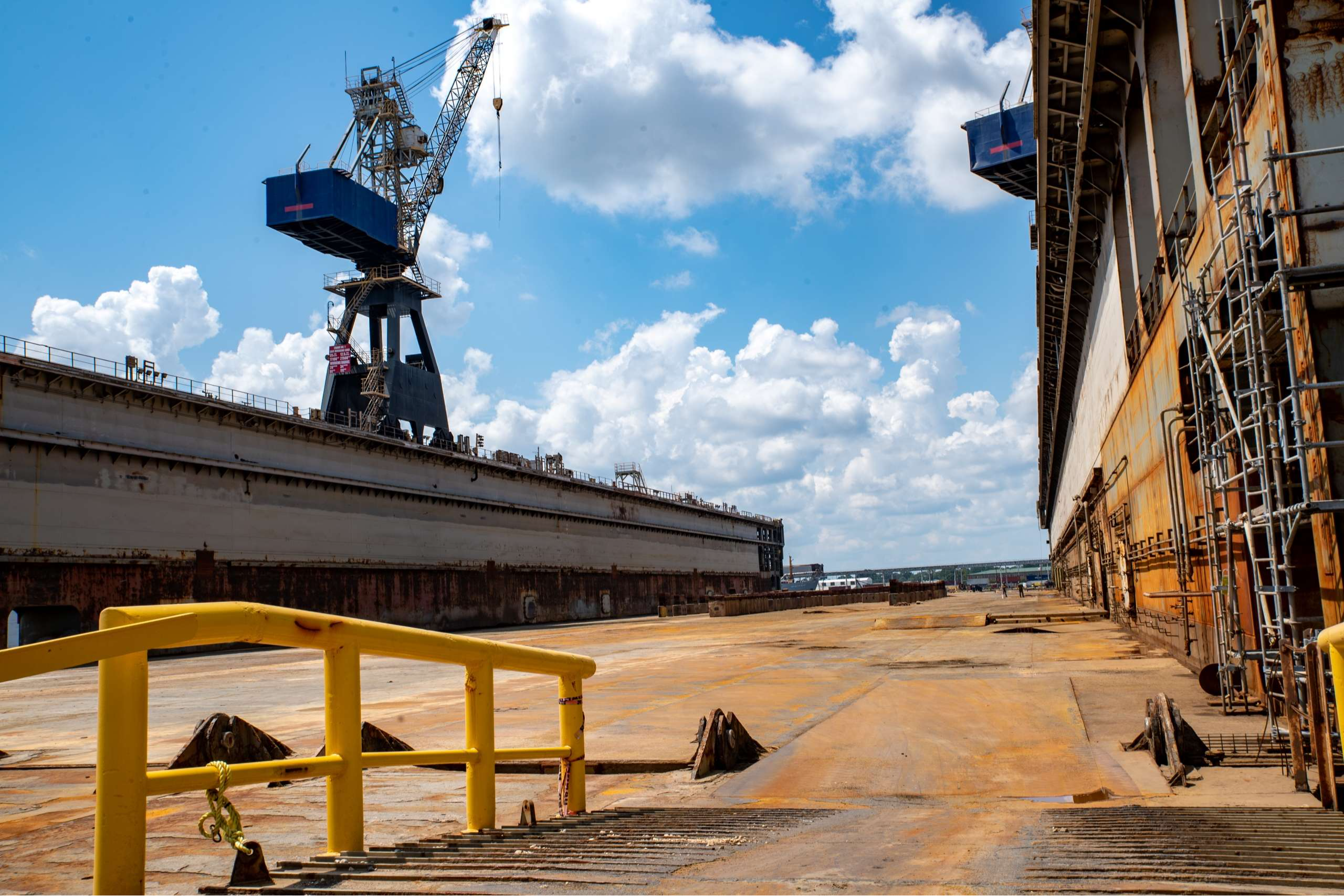
Sustainable Shipbuilding Initiatives on the Gulf Coast
Gulf Coast shipyards are adopting cleaner practices: implementing stormwater filtration, switching to low-emission welding systems, and investing in energy-efficient lighting. They’re also restoring marshlands once lost to industry, and participating in regional conservation initiatives with environmental groups and regulators.
It’s a shift in mindset—one that sees environmental protection as integral to long-term business value. This transition is making the region a model for industries nationwide, balancing economic power with ecological resilience.
How Gulf Coast Shipbuilding Buoys Local Economies
For towns along the Pascagoula River, east bank Mobile, and throughout the Mississippi Gulf Coast, shipbuilding is the heartbeat. Local hotels, restaurants, suppliers, and even tech startups benefit from the contracts won and vessels launched. The result is notable—higher average wages, lower unemployment, and more civic investment.
“Our region isn’t just building ships; we’re building futures.” This economic dynamism demonstrates that investment in manufacturing, technology, and jobs pays off—creating communities as resilient as the warships built on their shores.
"Our region isn’t just building ships; we’re building futures." – Local economic development official
People Also Ask: Shipbuilders on the Alabama and Mississippi Gulf Coast
What ships are built in Pascagoula, Mississippi?
Ingalls Shipbuilding in Pascagoula, a leader among shipbuilders on the Alabama and Mississippi Gulf Coast, constructs U.S. Navy vessels including national security cutters, missile destroyers, and amphibious assault ships.
What are the 4 major shipyards?
The four major shipyards on the Alabama and Mississippi Gulf Coast are Ingalls Shipbuilding, Austal USA, Halter Marine, and VT Halter Marine.
Do they build ships in Mobile, Alabama?
Yes, Austal USA in Mobile, Alabama, one of the premier shipbuilders on the Alabama and Mississippi Gulf Coast, manufactures high-speed military and commercial vessels.
What ships does Ingalls build?
Ingalls Shipbuilding, a dominant presence on the Mississippi Gulf Coast, builds national security cutters, amphibious transport docks, guided missile destroyers, and landing platform docks for the U.S. Navy and Coast Guard.
FAQs: Shipbuilders on the Alabama and Mississippi Gulf Coast
Which shipbuilders are the largest employers on the Gulf Coast?
Ingalls Shipbuilding and Austal USA lead as the largest shipyard employers, employing more than 15,000 combined on the Alabama and Mississippi Gulf Coast.How does shipbuilding affect regional economic growth?
Shipbuilding injects billions into the Gulf Coast economy, supporting jobs, infrastructure growth, and small businesses across the region.What are recent innovations by Gulf Coast shipyards?
Shipbuilders have introduced digital ship design, guided missile systems, eco-friendly operations, and modular construction methods—all setting industry standards.How can I start a career with shipbuilders on the Alabama and Mississippi Gulf Coast?
Prospective workers should explore technical training programs, attend recruitment fairs, and connect with local colleges that partner with major shipyards like Ingalls and Austal.
Key Takeaways: How Shipbuilders on the Alabama and Mississippi Gulf Coast Are Changing the Industry
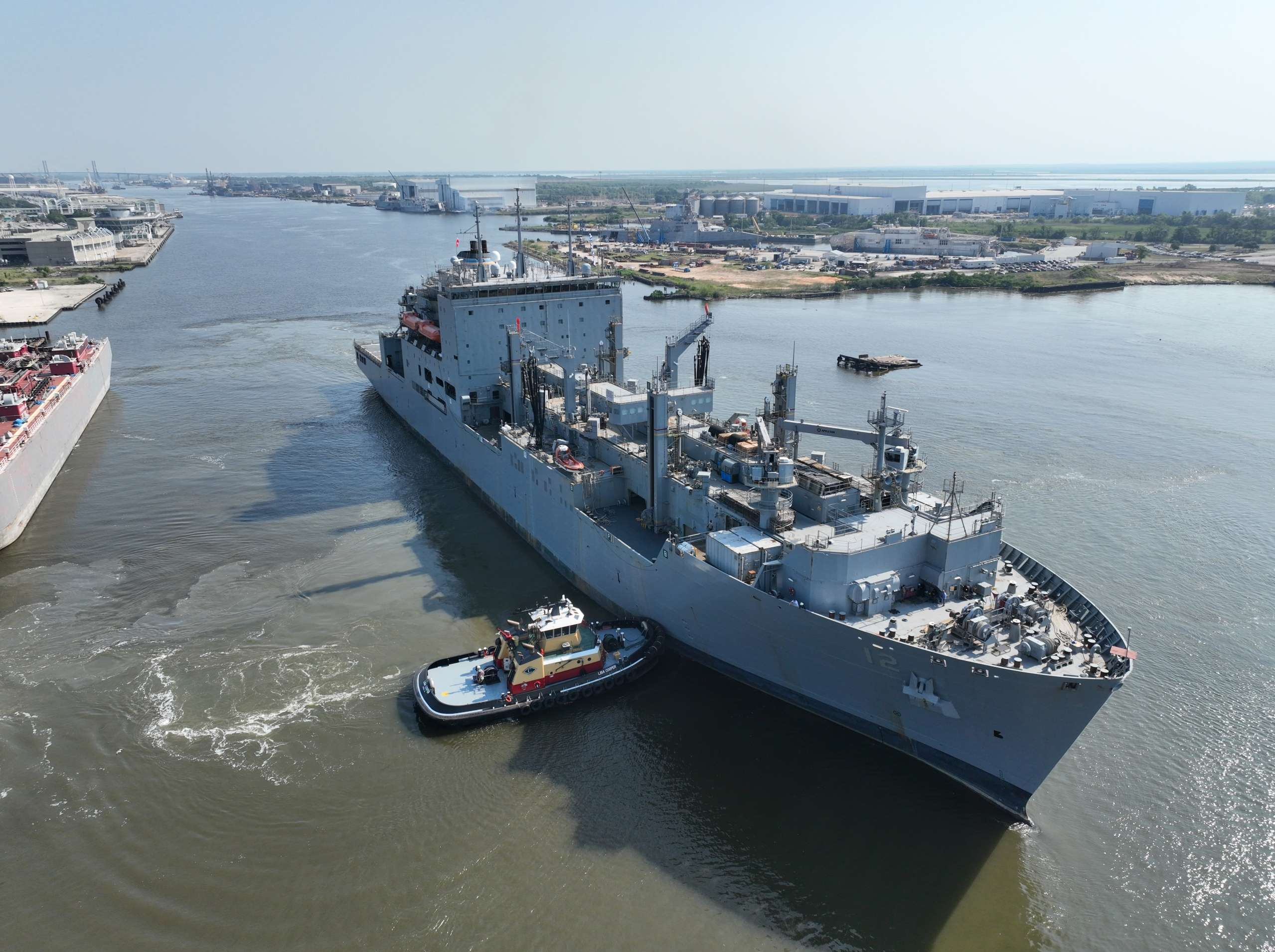
Shipbuilders on the Alabama and Mississippi Gulf Coast are leading both in job creation and technological innovation.
Major players like Ingalls Shipbuilding and Austal USA support not just military readiness but also local economies.
The region’s shipyards are vital to the future of U.S. maritime strength.
Conclusion: The Future of Shipbuilders on the Alabama and Mississippi Gulf Coast
Why the Gulf Coast’s Shipbuilding Surge Matters for America’s Security and Economy
The rise of shipbuilders on the Alabama and Mississippi Gulf Coast signals a new era for America—bolstering national security, economic prosperity, and the Gulf’s role as a global innovation hub.
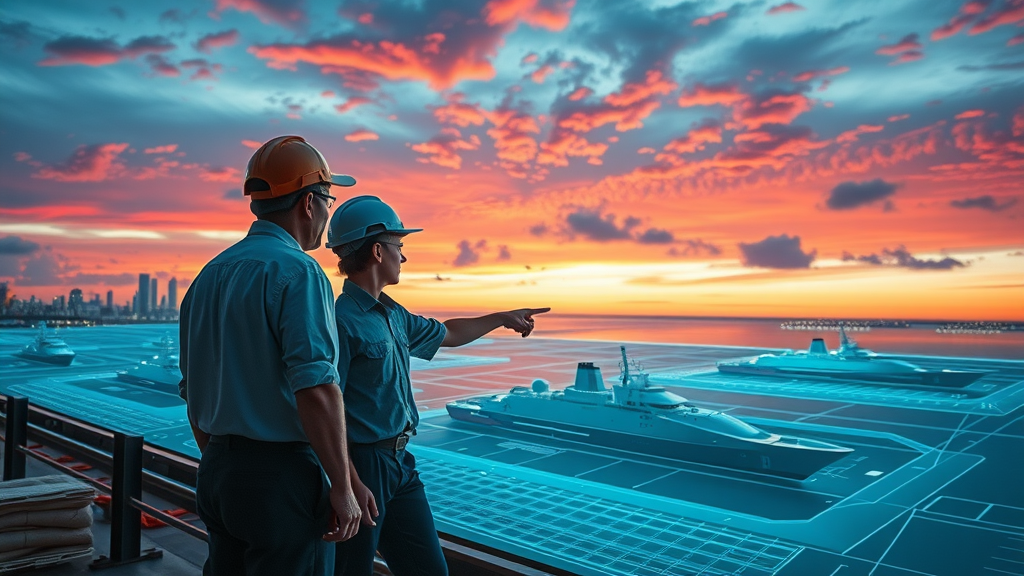
As you reflect on the remarkable transformation of the Gulf Coast’s shipbuilding industry, consider how similar waves of innovation are shaping other sectors and even the future of our economy beyond the shoreline. If you’re curious about how technology and visionary leadership are opening new frontiers, you’ll find inspiration in the evolving landscape of the space economy. Discover how global collaboration, advanced tech, and bold ideas are converging to unlock new opportunities by exploring the future of the space economy at TechCrunch Disrupt 2025. The journey from shipyards to the stars is closer than you think—dive deeper to see where innovation can take us next.
 Add Row
Add Row  Add
Add 




Write A Comment